Dungeons & Dragons has a strange relationship with death. It’s the game’s fail state. If you get hit too many times, you die. Simple enough, right? The risk of death is what makes combat tense and exciting, at least at lower levels. But losing your beloved character isn’t fun, and losing your beloved character to a random fluke of the die feels awful.
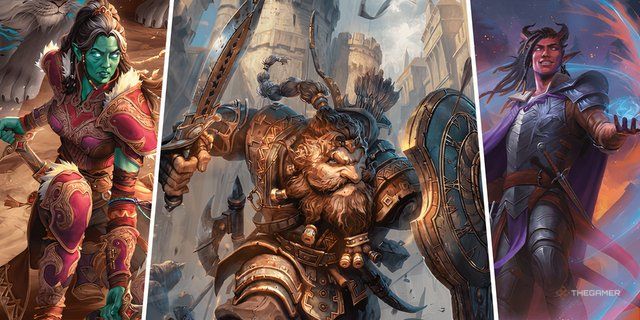
Related
So how do you keep life-or-death tension without punishing players for the slightest mistake? The answer is 5e’s death saving throw system. This system keeps characters from dying immediately, but it racks up the tension with increasingly tense dice rolls.
Updated on January 29, 2025 by Jack Filsinger: With the release of the 2024 Player’s Handbook, there have been some minor tweaks to how death and being knocked unconscious works in Dungeons & Dragons. We’ve updated this guide with everything you need to know to make death saves in DND, and even how to potentially come back to life should you fail.
How Does Death Work In DND?
Every creature in D&D has a certain number of hit points, or HP. Hit points represent how much of a beating you can take.
A sickly peasant lad will only have a few hit points; a powerful monster like a Tarrasque will have hundreds.
When you successfully make an attack, the creature you’re attacking loses hit points. However, during combat, when a creature successfully attacks you, you lose hit points.
The more hit points you have, the more damage you can withstand; the closer you are to zero hit points, the closer you are to death.
What Is Massive Damage?
One of two things happens when you reach zero hit points. What happens when you reach zero hit points depends on whether the damage is considered massive or not.
Once you’ve reached zero hit points, check how much damage you have left over from the attack that knocked you down to zero.
- If that number is less than your maximum hit points, then you go unconscious and begin making death saving throws.
- If that number is more than your maximum hit points, then you take massive damage and die instantly, no death saves required.
For example, if you have a hit point maximum of 20, and you take 45 points of damage from a single attack, you would die instantly.
What Is A Death Saving Throw?
When a character is reduced to zero HP but hasn’t taken more damage than their hit point maximum, they fall unconscious and fall prone.
An unconscious character can’t take actions, drops whatever they’re holding, and any attack targeting them is a critical hit.
When a character starts their turn with zero HP, they must make a special saving throw. This is called a death saving throw. Unlike most saving throws, death saving throws aren’t tied to an ability score.
Spells and abilities that give a character advantage on their saving throws can improve their chances, but otherwise, it’s all up to chance.
How To Make A Death Saving Throw
Roll a twenty-sided die (d20). If the roll is 10 or higher, you succeed; otherwise, you fail.
Mark down whether you succeeded or failed, and wait for your next turn. A single success or failure does nothing on its own, but as these rolls stack, you may suffer consequences.
If someone attacks you while you’re making death saves, mark off an additional failure. If the attack is a critical hit, mark off two failures.
You want to avoid having three failures, and your goal is to get three successes. Here’s a breakdown of the effects of each roll.
|
Roll On The D20 |
Effect |
|---|---|
|
1 |
Mark off two failures. |
|
2-9 |
Mark off one failure. |
|
10-19 |
Mark off one success. |
|
20 |
Instantly gain one HP and wake up. |
If you succeed at a death saving throw three times, you become stable; you’re no longer in danger of dying. Your character will stay unconscious for 1d4 hours and then wake up with 1 hp.
If you take any damage while unconscious, you have to start making death saving throws again.
If you fail at a death saving throw three times, your character dies.
If you want more of a challenge, you can try the optional Meat Grinder Mode rules from Tomb of Annihilation. In Meat Grinder Mode, the DC for death saving throws is set to 15. If you roll below a 15 in Meat Grinder Mode, you fail your death saving throw.
This ruleset is perfect for people who think 5e Dungeons & Dragons is too easy or want a more ‘old-school’ tabletop experience.
Do Monsters Need To Make Death Saving Throws?
Most monsters don’t need to make death saving throws; when they fall to zero hit points, they die.
When attacking a monster or creature, you can choose to reduce the enemy to one hit point and knock them unconscious rather than kill them if you so choose.
Just make sure you call this in advance.
At the DM’s discretion, a powerful villain or story-important NPC might follow the same rules as the players, getting to make death saving throws just like you do.
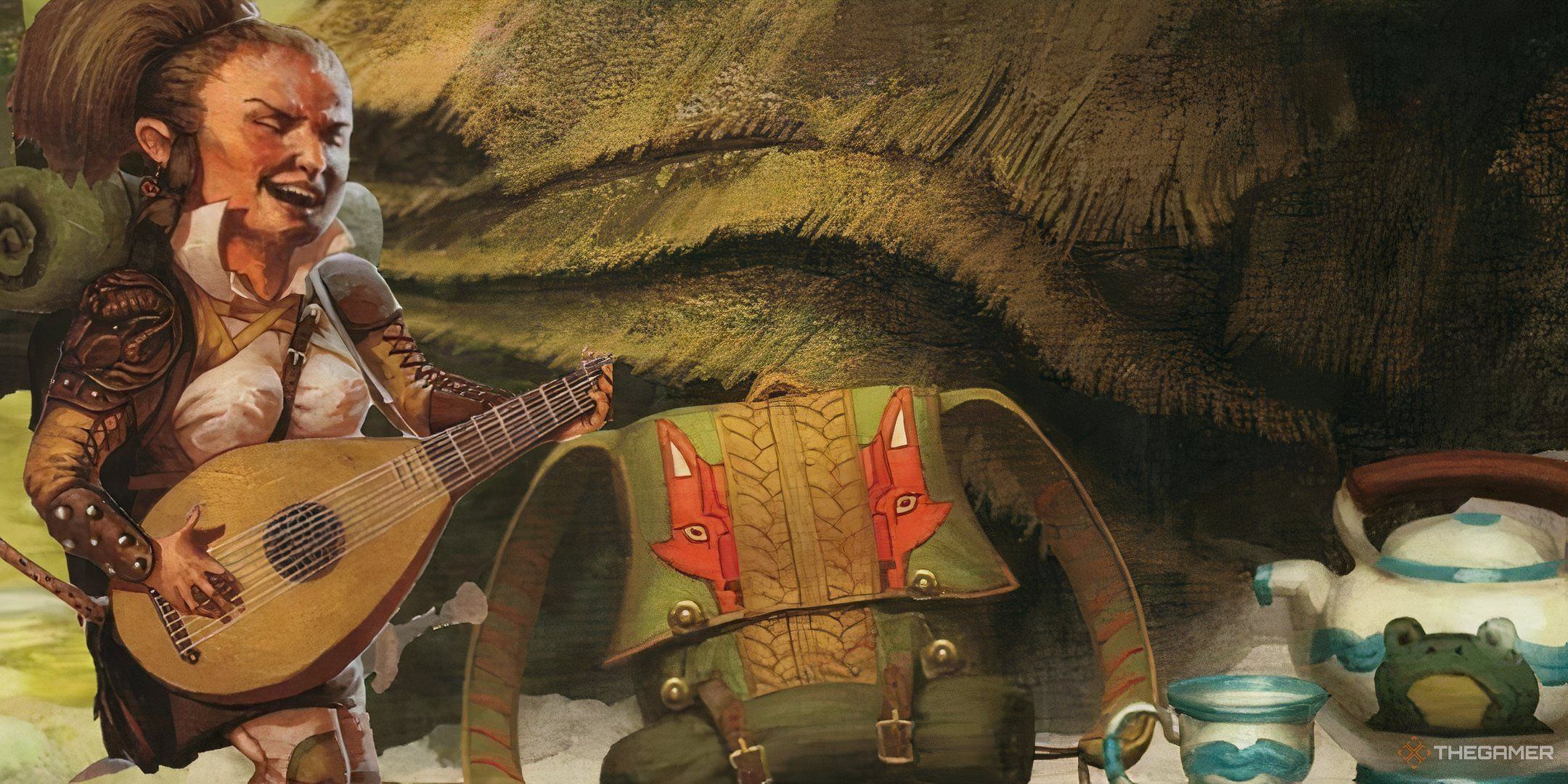
Related
Dungeons & Dragons: Which Equipment Pack Should You Choose?
With so many choices, we’ll help you determine which equipment pack is best for you.
How To Help A Dying Character
If your character is still on their feet, you can help your friend with their death saving throws in a number of ways.
The easiest way to help a dying character is to heal them magically, with a spell like Cure Wounds. You can also use a bonus action to administer a healing potion.
Any magical healing gets a character back on their feet, no problem. Once healed, they no longer have to make death saves.
If you can’t heal them magically, you can try to stabilize them.
First, you must be within melee distance with your ally, then, make a Medicine check by using the Help action. If you roll 10 or higher, your friend becomes stable, and they can stop making death saving throws.
The Healer’s Kit can help you stabilize a character without needing to roll. Spells like Spare the Dying can also help stabilize a character.
What Happens If A Character Dies?
A character who has died cannot be healed, cannot move or take actions, and is (for all intents and purposes) out of the game. Unless you use magic to bring the character back, they’re gone.
The DM can choose how they’d like to deal with character death. Some DMs will actively try to kill your characters and will make it hard to come back from the dead; if you’re playing an “old-school” D&D game, they might believe that it’s their job.
Other DMs don’t like characters to die unless it feels earned and will make it easy to bring your character back.
You should talk to your DM while you’re creating your characters to figure out what their approach is so that you can plan accordingly. It’s an important part of any good Session Zero.
Either way, once a character is dead, you’ve basically got two options: bring them back through magic or make a new character.
How To Resurrect A Character
If you want to bring back your dead character, you’ve got to use a necromancy spell like Revivify, Raise Dead, Resurrection, or True Resurrection.
Coming back from the dead is an ordeal; these spells are fairly difficult, expensive to cast, and have lingering side effects.
Depending on your campaign setting, resurrection may not be permitted.
Many of these spells require a diamond worth at least 500 gp, which the spell consumes. Most of these spells also require that the character has been dead for less than a certain amount of time.
Many resurrection spells also have penalties for the caster and the target. For example, some resurrected characters will have to take a -4 penalty to just about every roll they make until they’ve made four long rests.
Other spells, like Resurrection, incur a penalty to the caster.
Casting Resurrection on a player who’s been dead for more than a year prevents you from casting spells again until you finish a long rest.
What Spells Can Help Dying Or Dead Characters?
As mentioned, there are plenty of spells and magical effects that can help out dying characters. Here is a breakdown of all of them.
How To Make A New Character
If you want to make a new character, talk to your DM about how they want you to go about it. Your campaign might have house rules about making a new character after a character dies.
Some DMs want you to make a character that’s the same level as the rest of your adventuring party, and others want you to start back at first level. Some DMs might not want you to make a new character at all because the story’s about fated heroes.
If you do make a new character, consider how they might tie in to your previous character, if at all. Your new character could be a former ally, a family member seeking revenge, or even an NPC from another chapter of the campaign.
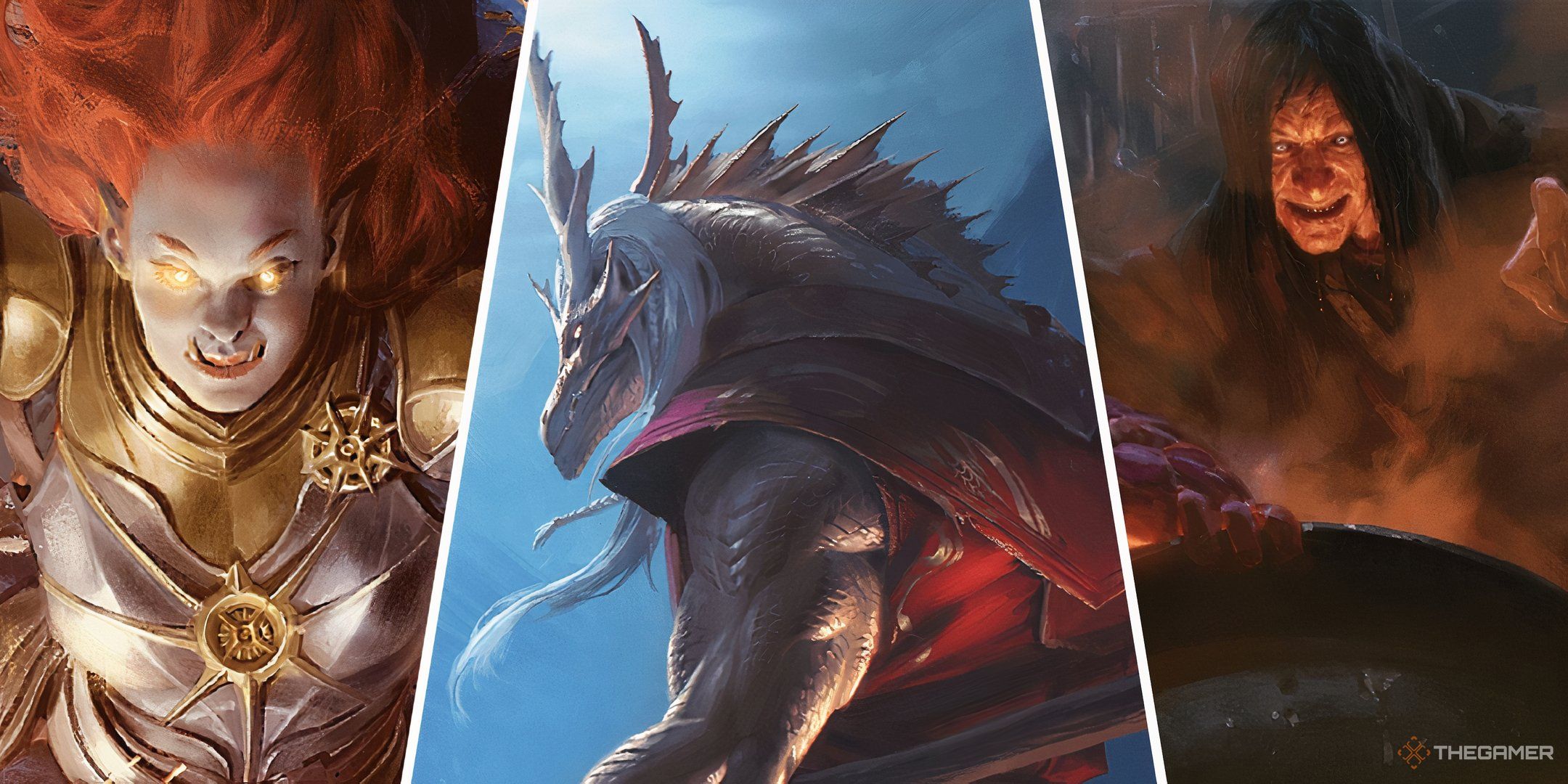
Next
Dungeons & Dragons: Alignment Explained
Learn everything about alignment in this Dungeons & Dragons guide.
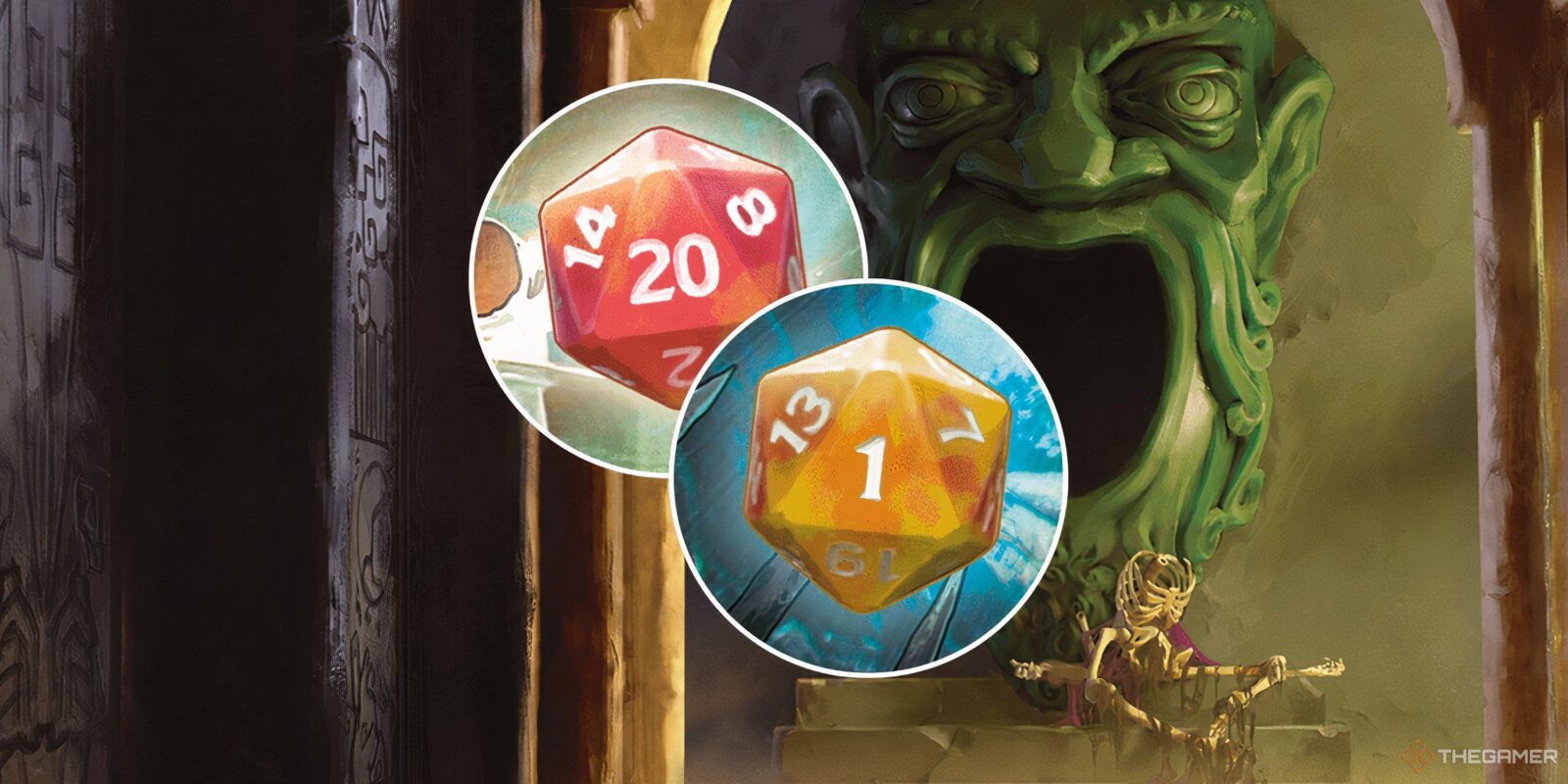
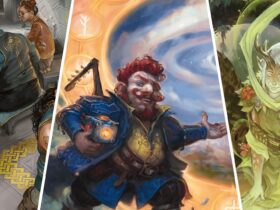
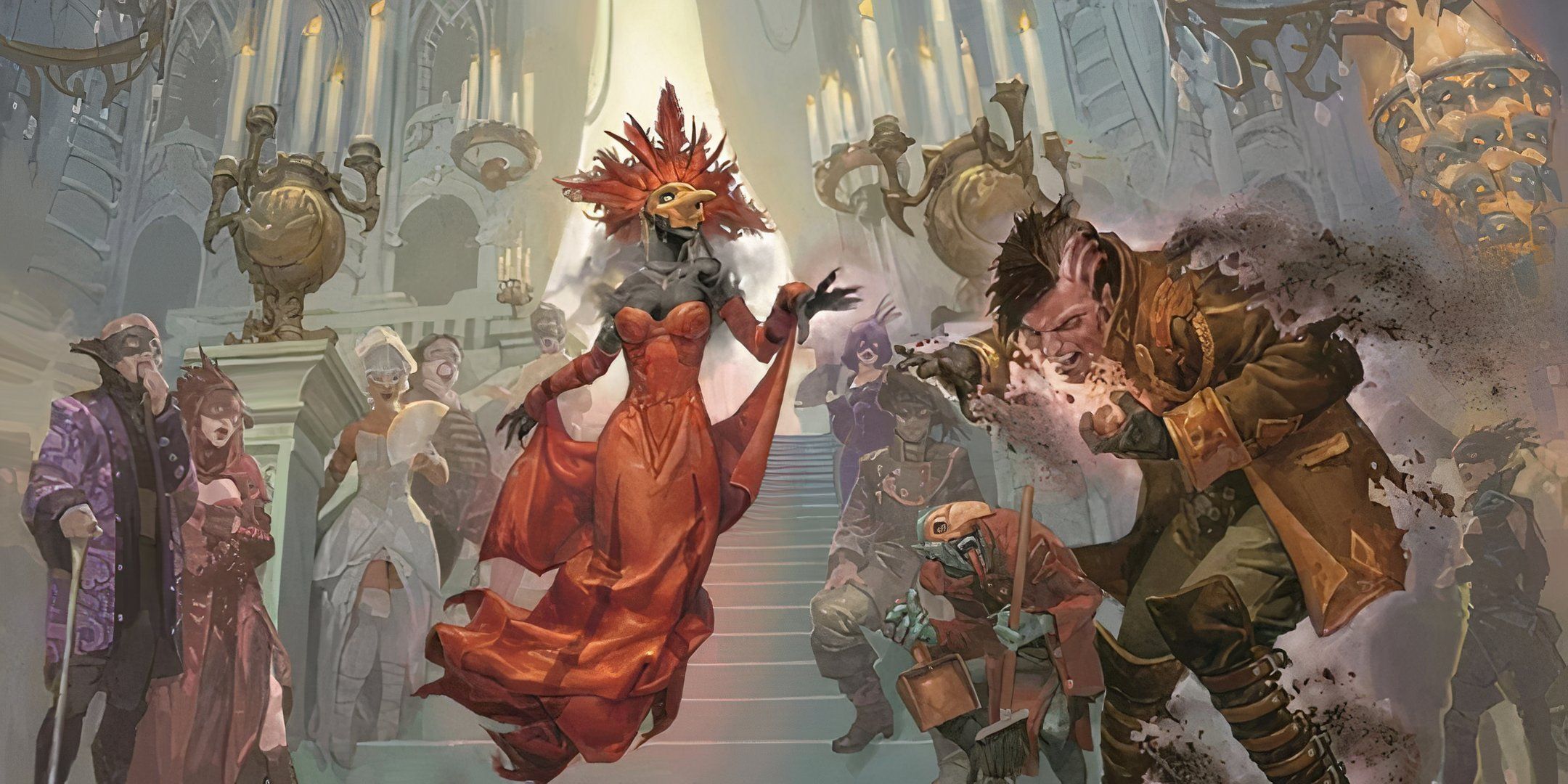
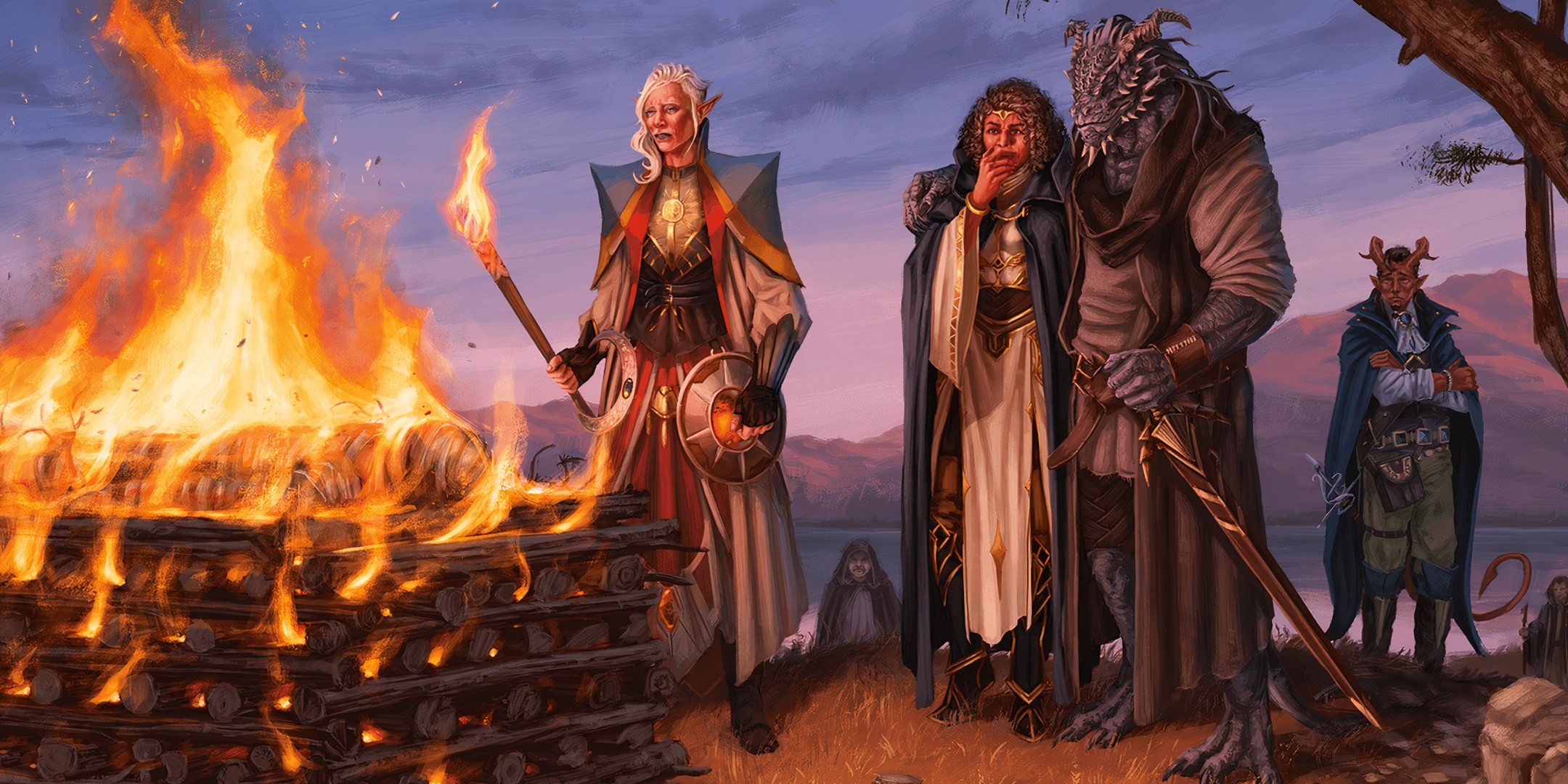
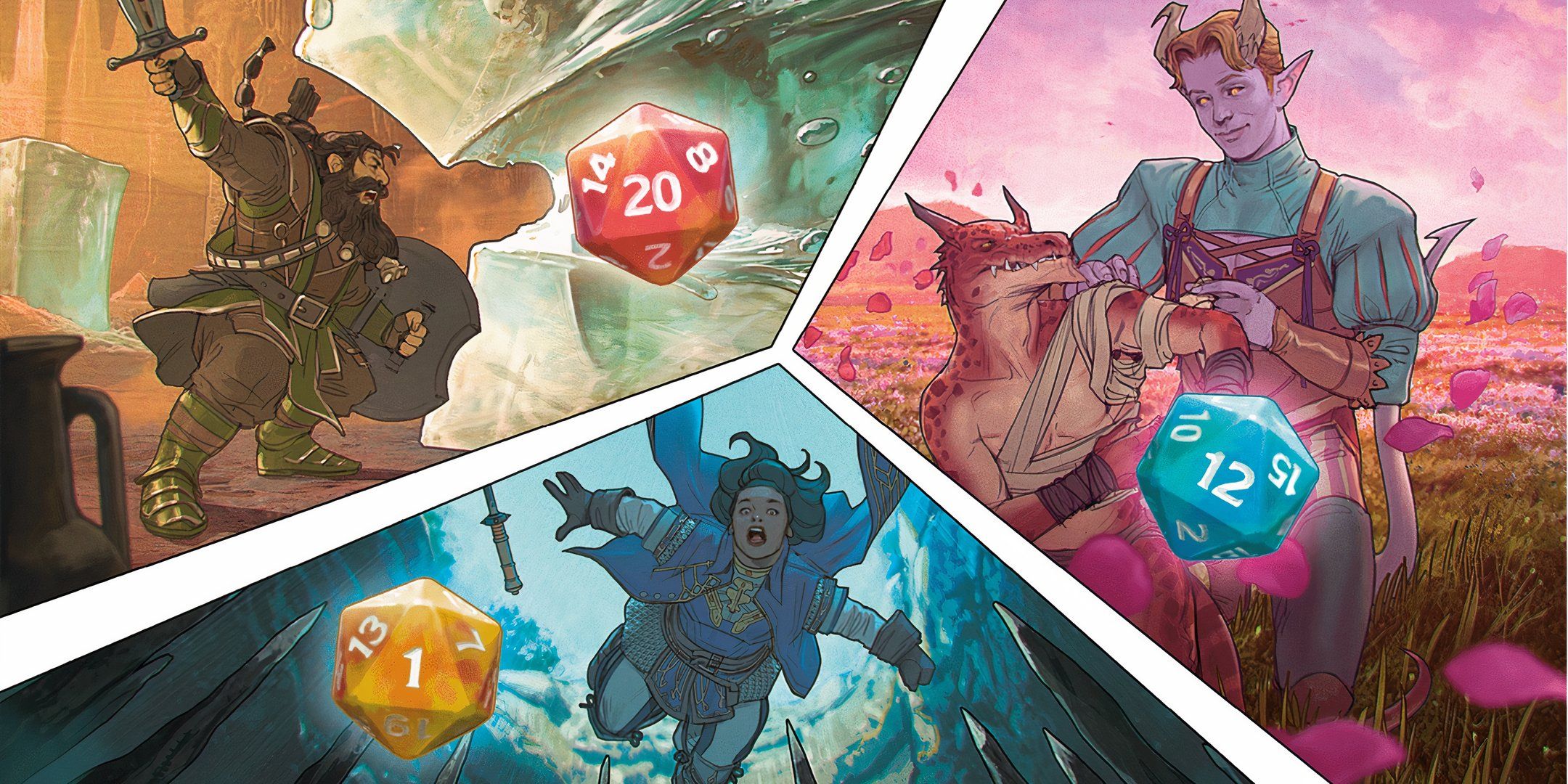
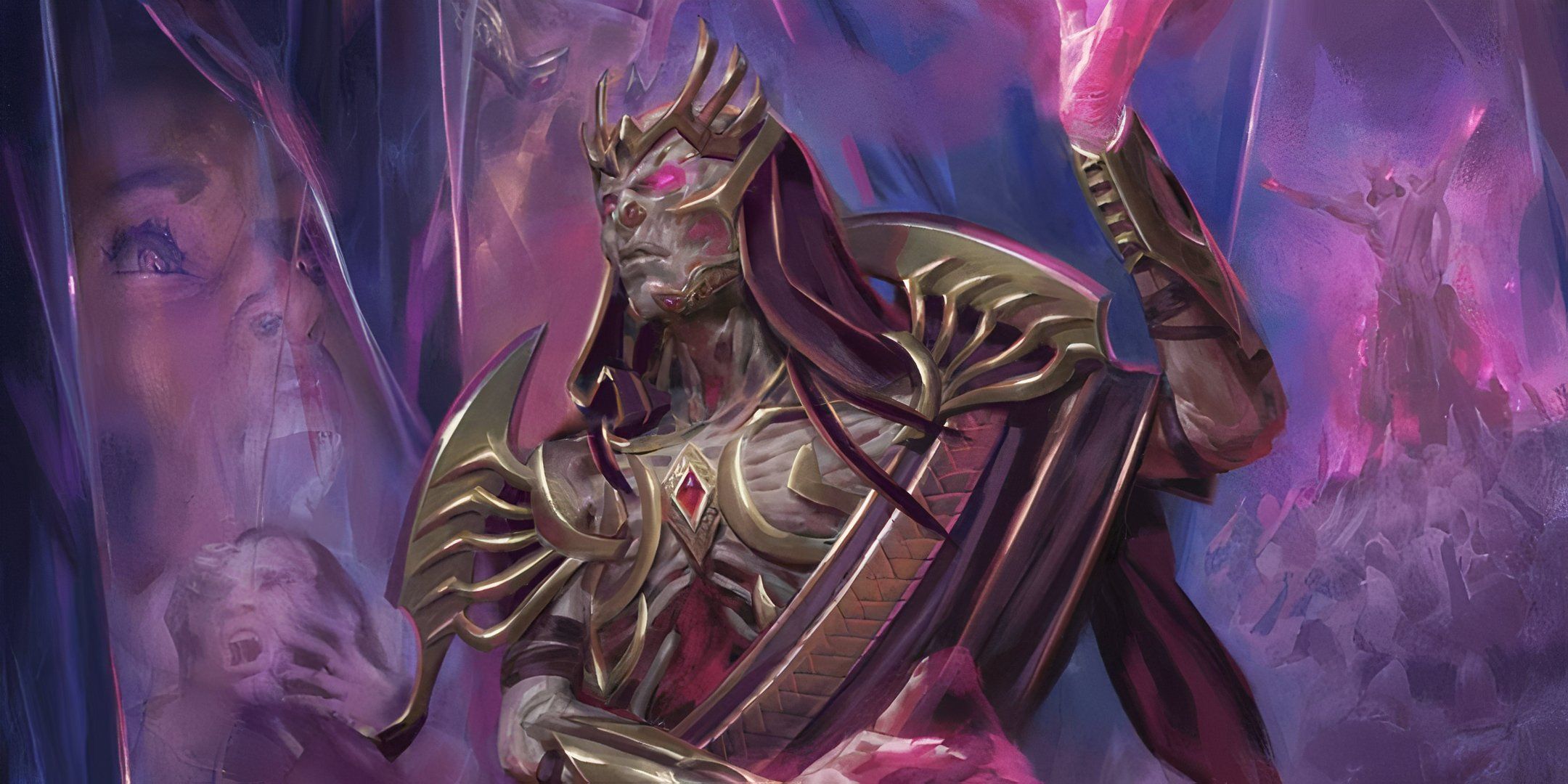
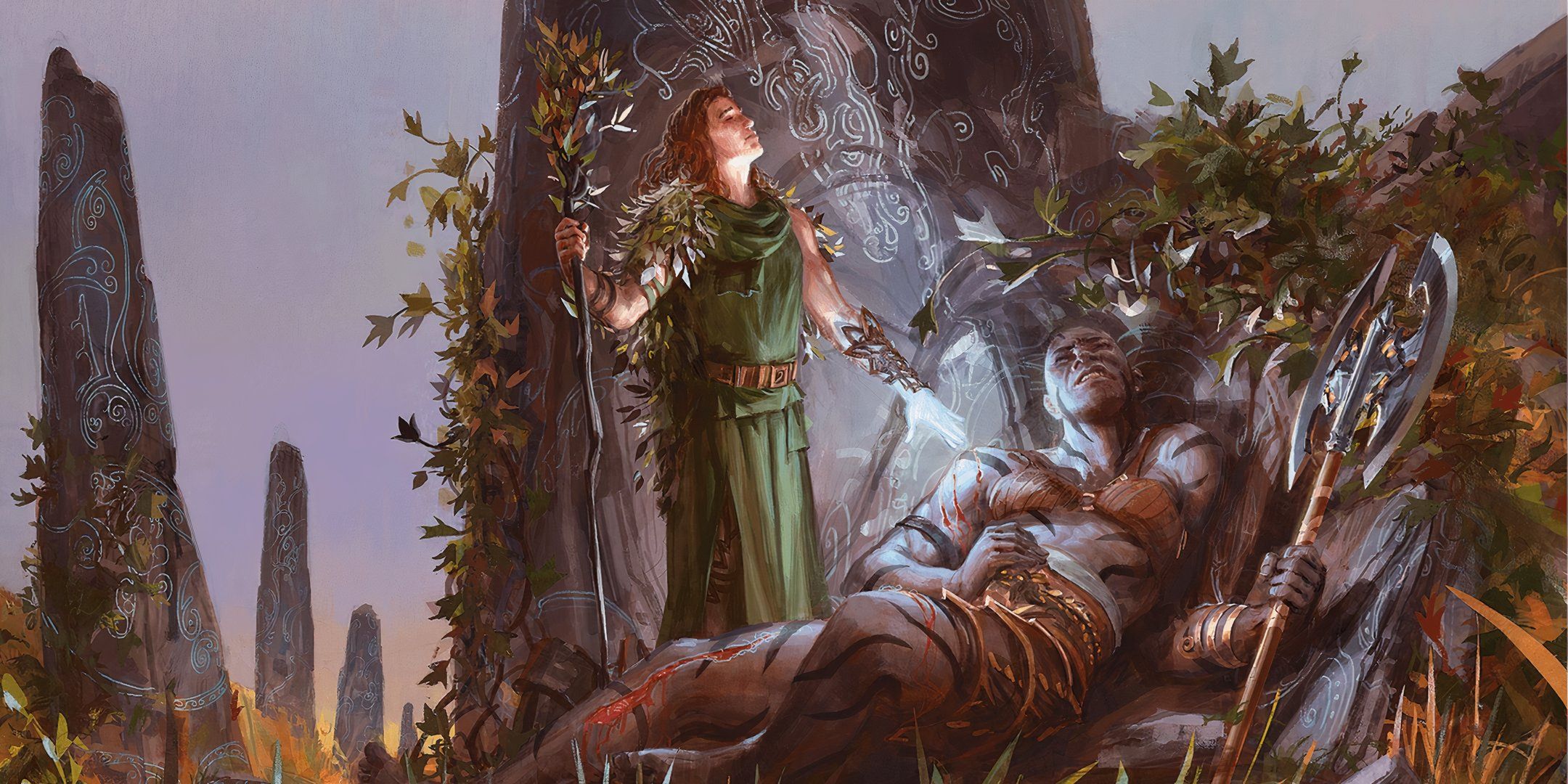
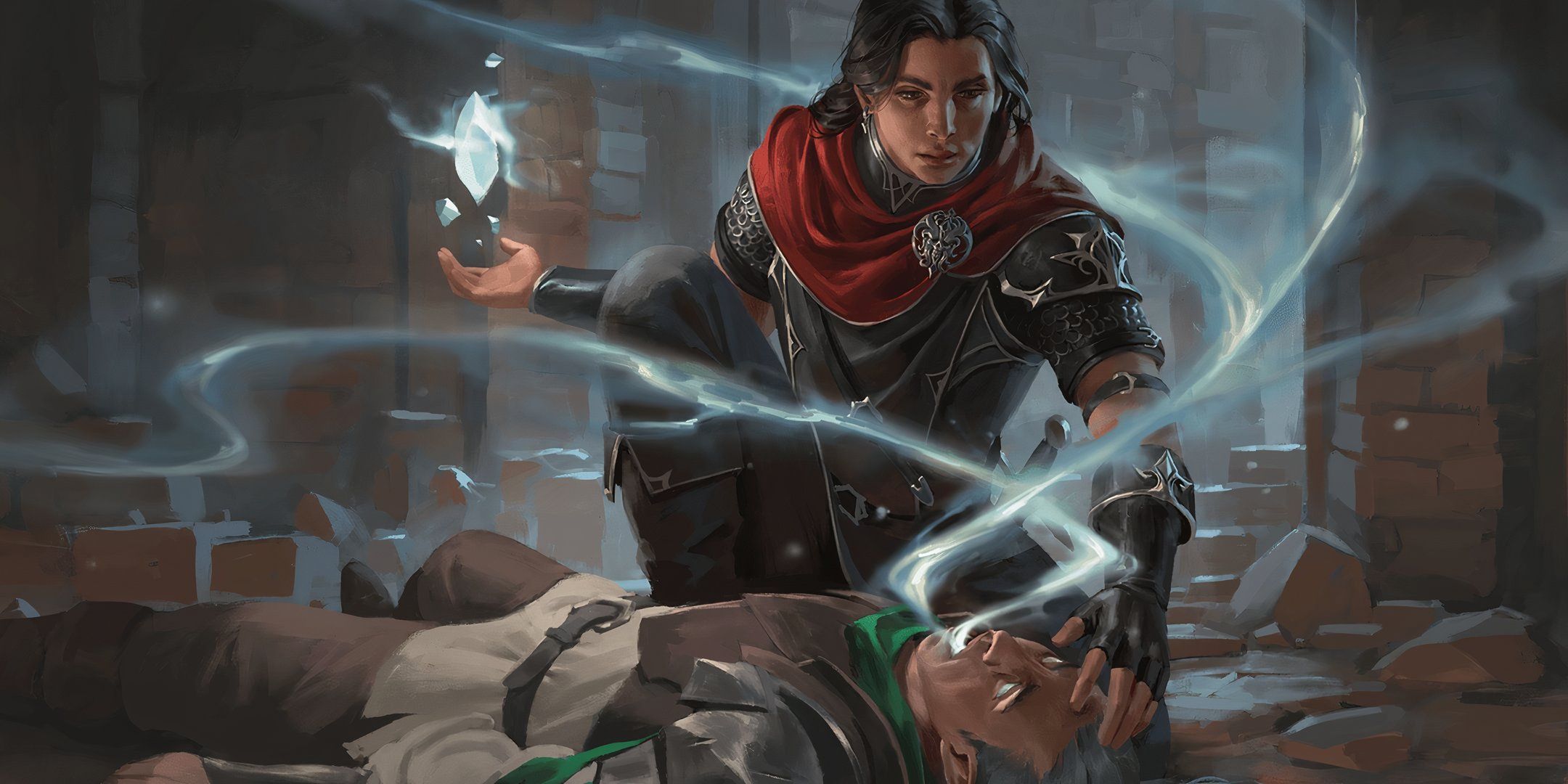
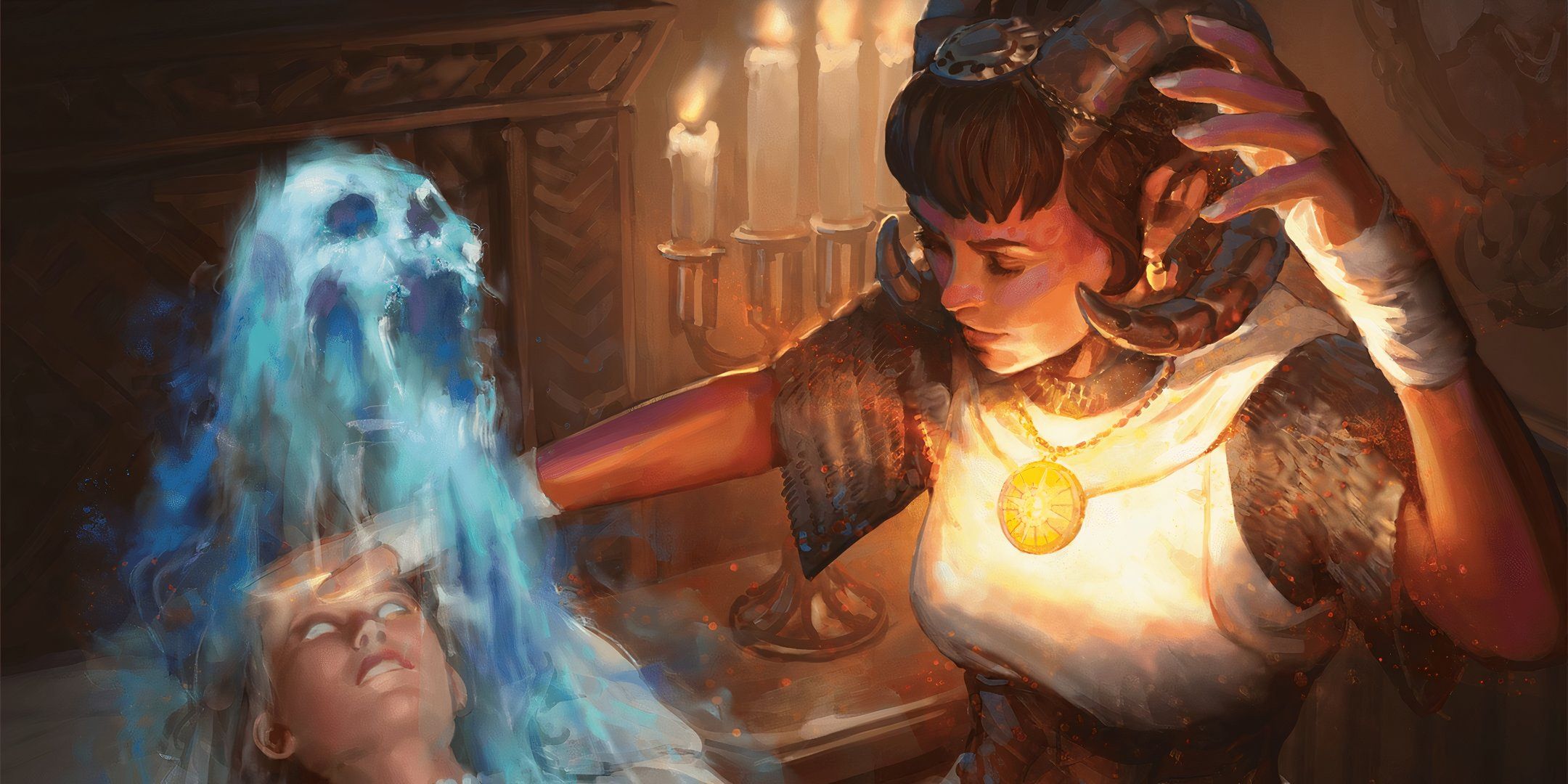



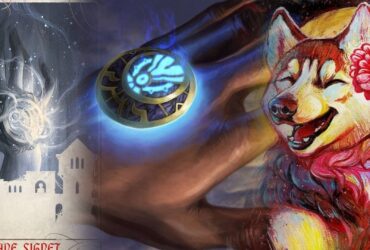
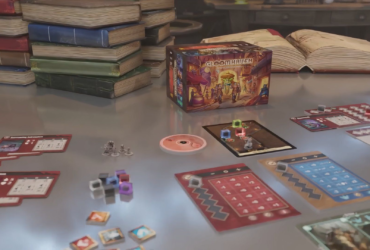
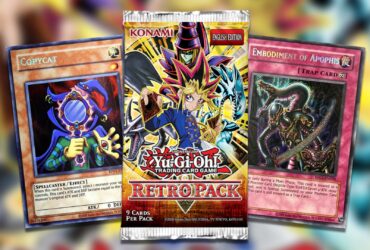


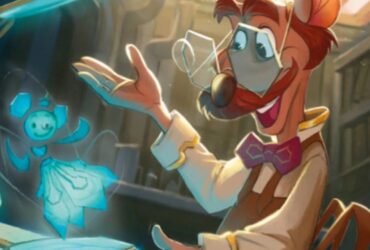
Leave a Reply